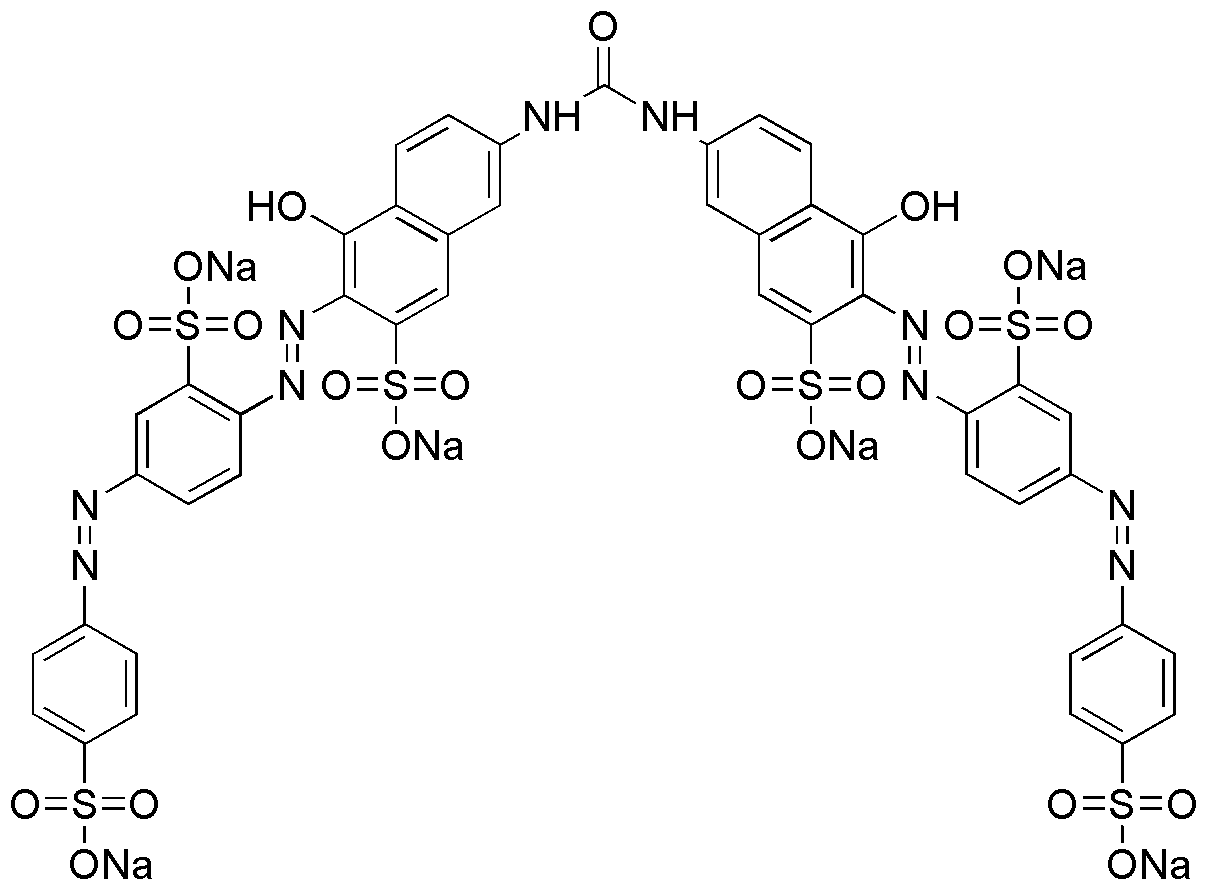Direct Red 80 is widely utilized in research focused on:
- Textile Industry: This dye is extensively used for coloring fabrics due to its vibrant red hue and excellent lightfastness, making it ideal for clothing and home textiles.
- Biological Staining: In laboratories, it serves as a vital stain for microscopy, helping researchers visualize cellular structures and components, particularly in histological studies.
- Food Industry: It is used as a food coloring agent, providing a bright red color to various products while adhering to safety regulations, appealing to consumer preferences.
- Cosmetics: The compound is incorporated into cosmetic formulations, such as lipsticks and blushes, offering a long-lasting color that enhances product appeal.
- Pharmaceuticals: Direct Red 80 is utilized in the formulation of certain medications, providing color coding that helps in identifying different drugs easily, thus improving safety and compliance.
General Information
Properties
Safety and Regulations
Applications
Direct Red 80 is widely utilized in research focused on:
- Textile Industry: This dye is extensively used for coloring fabrics due to its vibrant red hue and excellent lightfastness, making it ideal for clothing and home textiles.
- Biological Staining: In laboratories, it serves as a vital stain for microscopy, helping researchers visualize cellular structures and components, particularly in histological studies.
- Food Industry: It is used as a food coloring agent, providing a bright red color to various products while adhering to safety regulations, appealing to consumer preferences.
- Cosmetics: The compound is incorporated into cosmetic formulations, such as lipsticks and blushes, offering a long-lasting color that enhances product appeal.
- Pharmaceuticals: Direct Red 80 is utilized in the formulation of certain medications, providing color coding that helps in identifying different drugs easily, thus improving safety and compliance.
Documents
Safety Data Sheets (SDS)
The SDS provides comprehensive safety information on handling, storage, and disposal of the product.
Product Specification (PS)
The PS provides a comprehensive breakdown of the product’s properties, including chemical composition, physical state, purity, and storage requirements. It also details acceptable quality ranges and the product's intended applications.
Certificates of Analysis (COA)
Search for Certificates of Analysis (COA) by entering the products Lot Number. Lot and Batch Numbers can be found on a product’s label following the words ‘Lot’ or ‘Batch’.
*Catalog Number
*Lot Number
Certificates Of Origin (COO)
This COO confirms the country where the product was manufactured, and also details the materials and components used in it and whether it is derived from natural, synthetic, or other specific sources. This certificate may be required for customs, trade, and regulatory compliance.
*Catalog Number
*Lot Number
Safety Data Sheets (SDS)
The SDS provides comprehensive safety information on handling, storage, and disposal of the product.
DownloadProduct Specification (PS)
The PS provides a comprehensive breakdown of the product’s properties, including chemical composition, physical state, purity, and storage requirements. It also details acceptable quality ranges and the product's intended applications.
DownloadCertificates of Analysis (COA)
Search for Certificates of Analysis (COA) by entering the products Lot Number. Lot and Batch Numbers can be found on a product’s label following the words ‘Lot’ or ‘Batch’.
*Catalog Number
*Lot Number
Certificates Of Origin (COO)
This COO confirms the country where the product was manufactured, and also details the materials and components used in it and whether it is derived from natural, synthetic, or other specific sources. This certificate may be required for customs, trade, and regulatory compliance.


